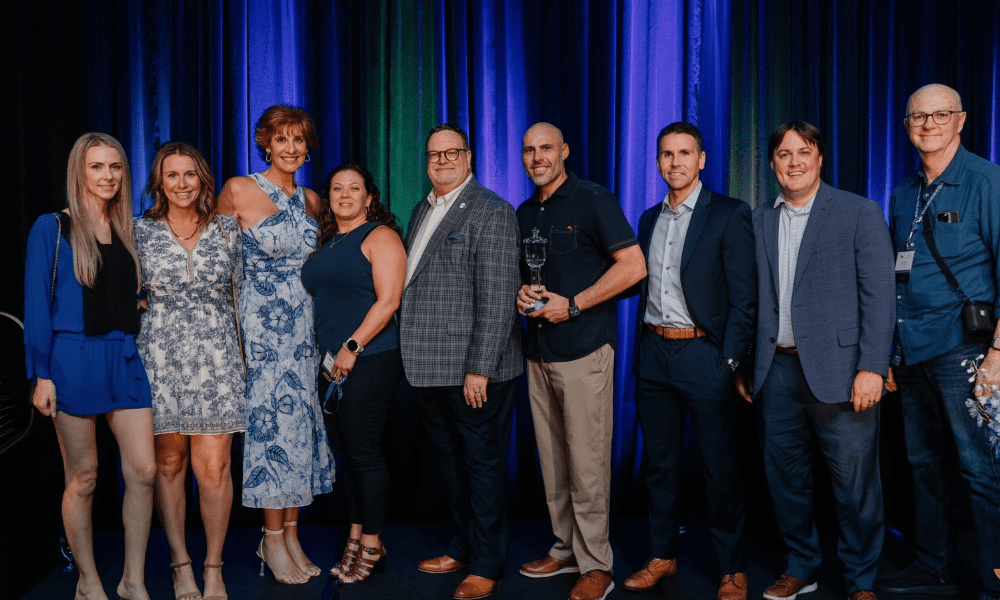‘We’re seeing claims from the 60s’: How reviver statutes are driving insurance costs up

‘We’re seeing claims from the 60s’: How reviver statutes are driving insurance costs up | Insurance Business America
Insurance News
‘We’re seeing claims from the 60s’: How reviver statutes are driving insurance costs up
The consequences of these reviver statutes extend to the insurance carriers themselves
Insurance News
By
Lauren Johnson
In recent years, social inflation has emerged as a significant force impacting the insurance landscape, particularly for nonprofit organizations. According to Eric Beck, senior and national nonprofit practice leader at Marsh McLennan Agency, claims frequency and severity has been increasing, particularly when it comes to “abuse-type claims and allegations.”
This shift has led to a shrinking marketplace, particularly in sensitive areas like child welfare and foster care. Insurers are responding by limiting coverage and raising deductibles, making it increasingly difficult for nonprofits to secure adequate protection.
“We used to have a handful of carriers, especially in the foster care space, but now it’s gotten really difficult due to the claims that we’re seeing,” Beck tells IB.
This trend is driving up costs significantly, with some organizations seeing increases of 15 to 20% on certain lines of coverage and in some cases 100% or more. One of the key drivers behind this change, Beck says, is the rise in larger judgments, coupled with the introduction of reviver statutes in many states. Reviver statutes are state legislation enacted to allow adult survivors of childhood sexual abuse to bring civil claims – often negligence or assault and battery – after the statute of limitations has passed.
“In the past, there used to be a statute of limitations on how long you were able to file a claim after the incident happened or after the child aged out of the system,” he says.
Reviver statutes have now eliminated those limits, allowing claims to surface from incidents that occurred decades ago, which makes defending them especially challenging.
“We’re starting to see claims pop up from the 1960s and 1970s, and it’s really difficult to defend those,” Beck says.
The consequences of these reviver statutes extend to the insurance carriers themselves, who are increasingly hesitant to write policies in these areas. Beck emphasizes the difficulty in finding coverage, saying, “If you can find it, we’re seeing deductibles at $50,000 or more.” As a result, nonprofits, particularly those dealing with child welfare, are facing a tough uphill battle to maintain sufficient insurance coverage.
The need for legislative action
Looking ahead, Beck predicts that obtaining insurance in this space will become even more difficult and expensive. The cost of coverage is rising at such a pace that Beck believes legislative changes will be necessary to address the problem.
“We’re starting to see a lot of the insurance carriers that used to play in this space are just backing out,” he says. “At some point, we’re going to have to make legislative changes to either cap limits or provide more funding for the increased cost of insurance.”
And nonprofit organizations, many of which operate with minimal margins, are feeling the squeeze.
“A lot of these organizations are on cost reimbursement contracts, so there’s really no margin in them,” Beck says.
With limited financial resources, the rising cost of insurance is straining the ability of these nonprofits to continue their work. Beck believes that legislative action is the only way forward, especially in sectors like foster care.
“I think the states are going to have to start taking some of this back at the state level and not make it a private provider anymore,” he says.
Another area of concern is the growing trend of attorneys targeting high insurance limits. This has led insurance carriers to reduce the limits they offer in order to minimize their exposure to these large claims.
“A lot of times the attorneys are going after whatever the limit is. If the client has a $5 million limit, they’re asking for $5 million,” Beck says. “The most carriers are going to put out there is a million or two. We can’t have those really high limits anymore because that’s the first thing the attorneys are asking for.”
One of the most challenging aspects of the current situation is the lack of protection for nonprofits that are often doing government work. Beck highlights the disparity between the government’s sovereign immunity and the exposure faced by private nonprofits.
“The government has sovereign immunity, so their claims are capped, but nonprofits don’t have that same protection,” he says.
As a result, these organizations are left vulnerable to large judgments, which can threaten their financial viability.
While Beck is hopeful that legislative changes will eventually address some of these issues, he recognizes the challenges involved. At the same time, there’s pressure from attorneys who argue that children who are harmed deserve significant compensation.
“I think we have the issue from the insurance carrier saying if legislative changes don’t happen, we can’t afford to write this business anymore,” he says. “There’s got to be some happy medium there.”
One potential solution could be to follow the example set by other industries. Applying similar caps to the child welfare sector could help to bring costs under control and make it more feasible for insurers to continue providing coverage.
“If you look at federally qualified health centers, for example, which is a federal program, the federal government provides their medical malpractice. This helps to reduce their insurance costs significantly” Beck says.
In the end, Beck believes that the solution to this problem lies in shifting the focus from state-level reforms to a broader, national approach. Without such changes, the future of nonprofit insurance, especially in high-risk areas like child welfare, will remain uncertain.
“I think we have to look at it as a national problem, not a state problem, and fix it on the federal level,” he says.
Keep up with the latest news and events
Join our mailing list, it’s free!






